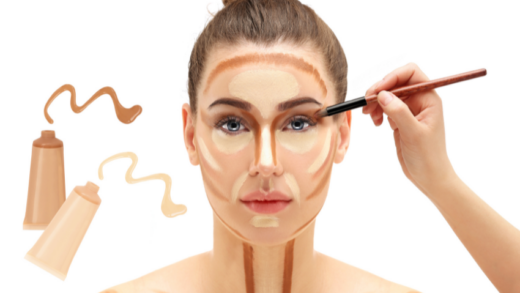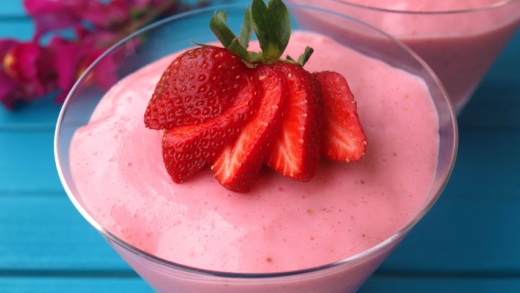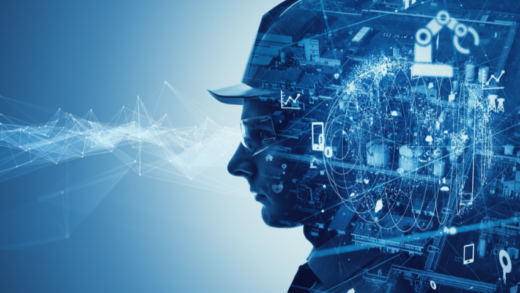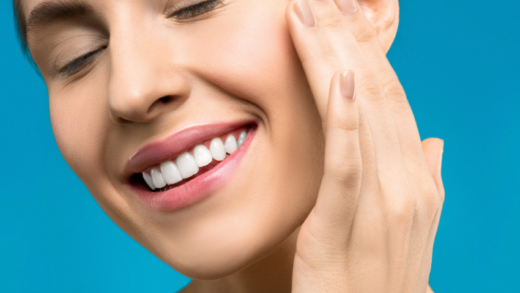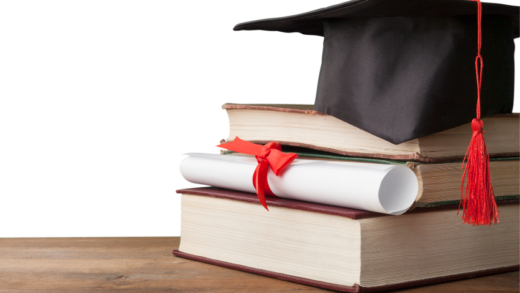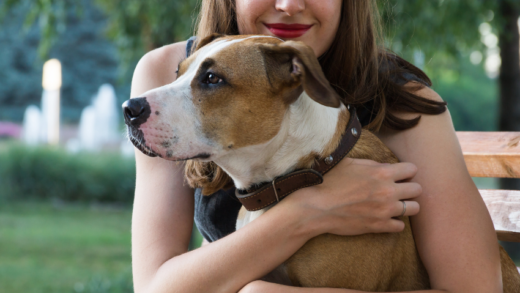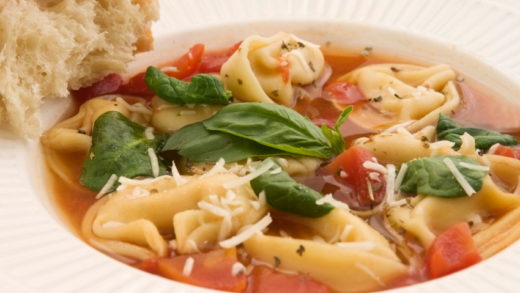In today’s fast-paced world, stress and anxiety have become a part of our daily lives. The constant pressure to meet deadlines, handle responsibilities, and maintain relationships can take a toll on our mental and physical health. While it’s not always possible to avoid stressful situations, there are ways to manage them better. One effective way to do this is by practicing relaxation techniques.
Relaxation techniques are simple, easy-to-learn techniques that can help you reduce stress and anxiety, improve sleep, and promote overall well-being. In this article, we will discuss some of the most effective relaxation techniques that you can try to incorporate into your daily routine.
Deep Breathing:
Deep breathing is a simple yet effective relaxation technique that can be done anywhere and anytime. It involves taking slow, deep breaths, and focusing on your breath as you inhale and exhale. Deep breathing can help reduce stress, lower blood pressure, and promote relaxation.
How to do deep breathing exercises?
To do deep breathing exercises, find a quiet and comfortable place to sit or lie down. Close your eyes, and take a deep breath through your nose. Count to four as you inhale, hold your breath for a count of four, and then slowly exhale through your mouth for a count of six. Repeat this process for five to ten minutes, or until you feel calm and relaxed.
Benefits of deep breathing:
- Reduces stress and anxiety
- Lowers blood pressure
- Promotes relaxation
- Improves focus and concentration
How deep breathing helps in relaxation?
Deep breathing helps to reduce the activity of the sympathetic nervous system, which is responsible for the body’s fight-or-flight response to stress. By activating the parasympathetic nervous system, deep breathing promotes relaxation and calmness.
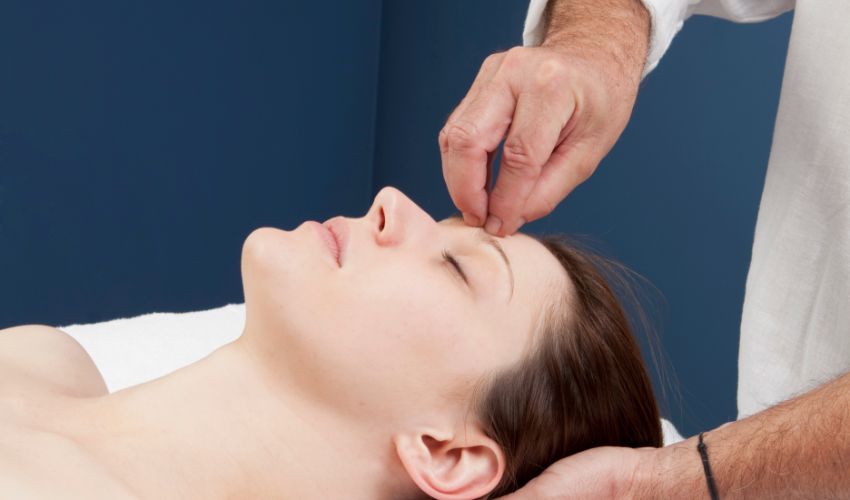
Progressive Muscle Relaxation:
Progressive muscle relaxation is a technique that involves tensing and relaxing different muscle groups in the body to promote relaxation. It can help reduce muscle tension, improve sleep, and relieve stress and anxiety.
What is progressive muscle relaxation?
Progressive muscle relaxation involves tensing and relaxing different muscle groups in the body. This technique helps to increase awareness of physical sensations and promote relaxation.
How to do progressive muscle relaxation?
To do progressive muscle relaxation, find a quiet and comfortable place to sit or lie down. Starting with your feet, tense the muscles for a few seconds, and then release the tension. Move up your body, tensing and relaxing each muscle group for a few seconds, until you reach your head and neck. Take slow, deep breaths throughout the exercise, and focus on the feeling of relaxation.
Benefits of progressive muscle relaxation:
- Reduces muscle tension
- Improves sleep
- Relieves stress and anxiety
- Promotes relaxation
Visualization:
Visualization is a technique that involves creating a mental image of a peaceful and calming scene to reduce stress and anxiety. It can help promote relaxation, reduce negative thoughts, and improve mood.
What is visualization?
Visualization involves creating a mental image of a peaceful and calming scene. It can be a real or imaginary place, such as a beach, a forest, or a mountain.
How to do visualization exercises?
To do visualization exercises, find a quiet and comfortable place to sit or lie down. Close your eyes, and imagine yourself in a peaceful and calming place. Focus on the details of your surroundings, such as the sounds, smells, and textures. Take slow, deep breaths, and feel yourself becoming more relaxed and calm.
Benefits of visualization:
- Reduces stress and anxiety
- Improves mood
- Promotes relaxation
- Reduces negative thoughts
Yoga:
Yoga is a physical relaxation technique that combines movement and breathing to promote relaxation and improve flexibility. It can help reduce stress and anxiety, improve sleep, and promote overall well-being.
What is yoga?
Yoga is an ancient practice that originated in India. It involves a series of postures (asanas), breathing exercises (pranayama), and meditation.
Types of yoga for relaxation:
- Hatha yoga
- Restorative yoga
- Yin yoga
Benefits of yoga:
- Reduces stress and anxiety
- Improves sleep
- Promotes relaxation
- Improves flexibility and strength
- Enhances overall well-being
Tai Chi:
Tai Chi is a gentle relaxation technique that combines movement, breathing, and meditation to promote relaxation and improve balance and coordination. It can help reduce stress and anxiety, improve sleep, and promote overall well-being.What is Tai Chi?Tai Chi is an ancient Chinese martial art that involves slow, gentle movements and deep breathing.How to do Tai Chi?
To do Tai Chi, find a quiet and comfortable place to practice. Wear comfortable clothing and shoes. Start with a warm-up of gentle stretching and breathing exercises. Then, move into a series of slow, fluid movements, while focusing on your breath and the sensations in your body.
Benefits of Tai Chi:
- Reduces stress and anxiety
- Improves sleep
- Promotes relaxation
- Improves balance and coordination
- Enhances overall well-being
Mindfulness Meditation:
Mindfulness meditation is a technique that involves focusing on the present moment, without judgment or distraction. It can help reduce stress and anxiety, improve mood, and promote relaxation and overall well-being.
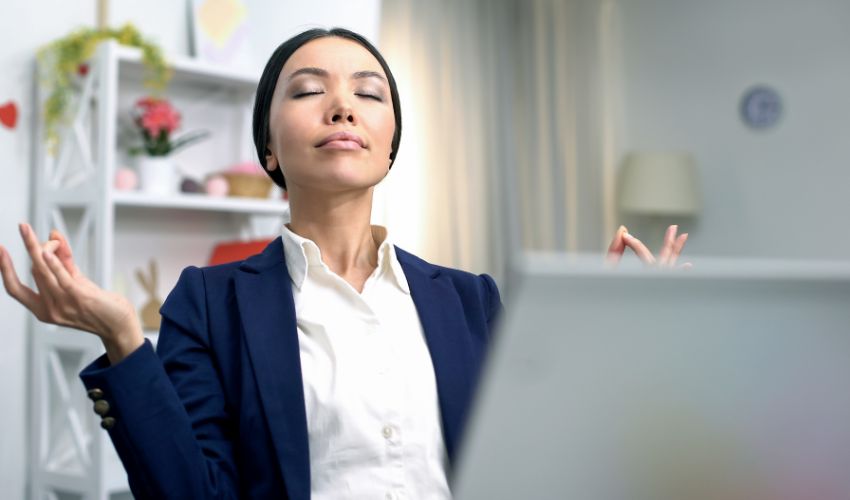
What is mindfulness meditation?
Mindfulness meditation involves focusing on the present moment, without judgment or distraction. It involves paying attention to your thoughts, feelings, and physical sensations, without trying to change them.
How to do mindfulness meditation?
To do mindfulness meditation, find a quiet and comfortable place to sit or lie down. Close your eyes, and focus on your breath. If your mind wanders, gently bring your attention back to your breath. Start with five to ten minutes a day, and gradually increase the time as you become more comfortable with the practice.
Benefits of mindfulness meditation:
-
- Reduces stress and anxiety
- Improves mood
- Promotes relaxation
- Enhances overall well-being
FAQs:
What is the best time to practice relaxation techniques?
You can practice relaxation techniques anytime, but it’s best to do them when you are feeling stressed or anxious.
How long does it take to feel the effects of relaxation techniques?
The effects of relaxation techniques can vary from person to person, but most people feel more relaxed and calm after just a few minutes of practicing them.
Can relaxation techniques be practiced by anyone?
Yes, relaxation techniques can be practiced by anyone, regardless of age or fitness level.
Do I need any special equipment to practice relaxation techniques?
No, you don’t need any special equipment to practice relaxation techniques. Most techniques can be done using just your body and your breath.
Can relaxation techniques be used as a substitute for medical treatment?
While relaxation techniques can help reduce stress and anxiety, they should not be used as a substitute for medical treatment. If you have a medical condition, it’s important to consult your doctor before starting any new relaxation or exercise program.
Conclusion:
Incorporating relaxation techniques into your daily routine can help you manage stress and anxiety, improve sleep, and promote overall well-being. Whether you prefer deep breathing exercises, progressive muscle relaxation, visualization, yoga, Tai Chi, or mindfulness meditation, there is a relaxation technique that can work for you. Try different techniques and find the ones that work best for you. Remember that relaxation techniques require practice and patience, so don’t get discouraged if you don’t feel the benefits right away.
Make relaxation a priority in your life, even if it’s just a few minutes a day. By taking care of your mental and physical health, you will be better equipped to handle the challenges and stresses of daily life. Incorporate these simple relaxation techniques into your daily routine and experience the benefits for yourself.
